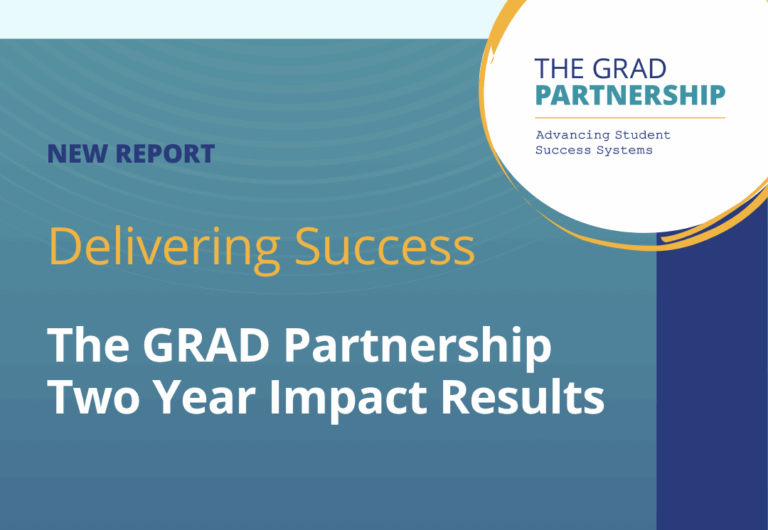Succeeding in High School & Beyond: Insights and Action for Supporting Students with Learning Disabilities
This joint effort from NCLD, the GRAD Partnership and WestEd highlights critical barriers facing students with learning disabilities (LD) and offers a roadmap and call to action for schools, districts, and policymakers to better support high school completion and postsecondary transitions.

